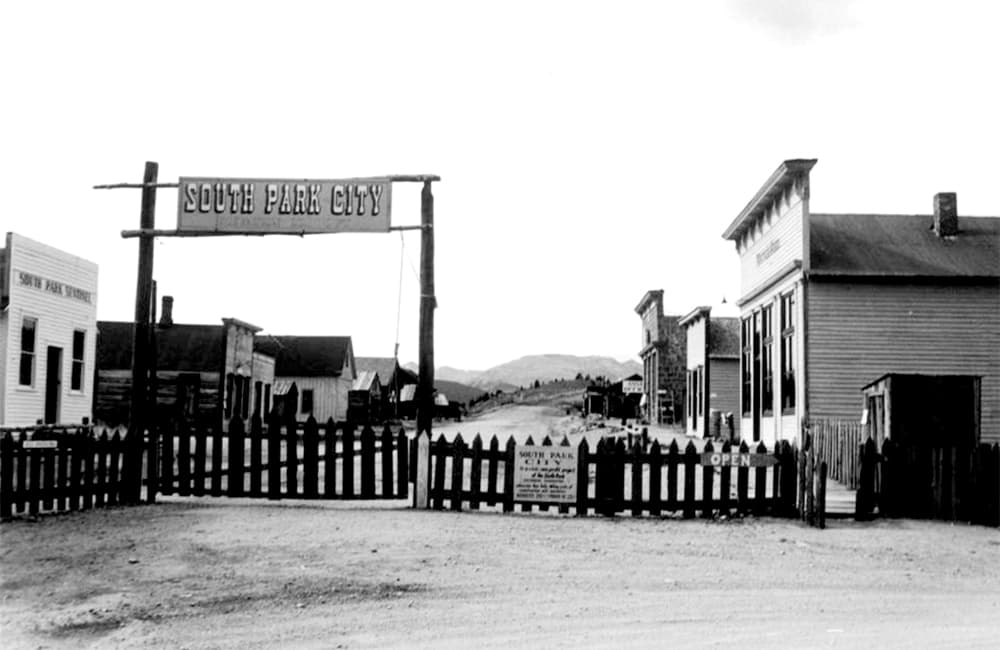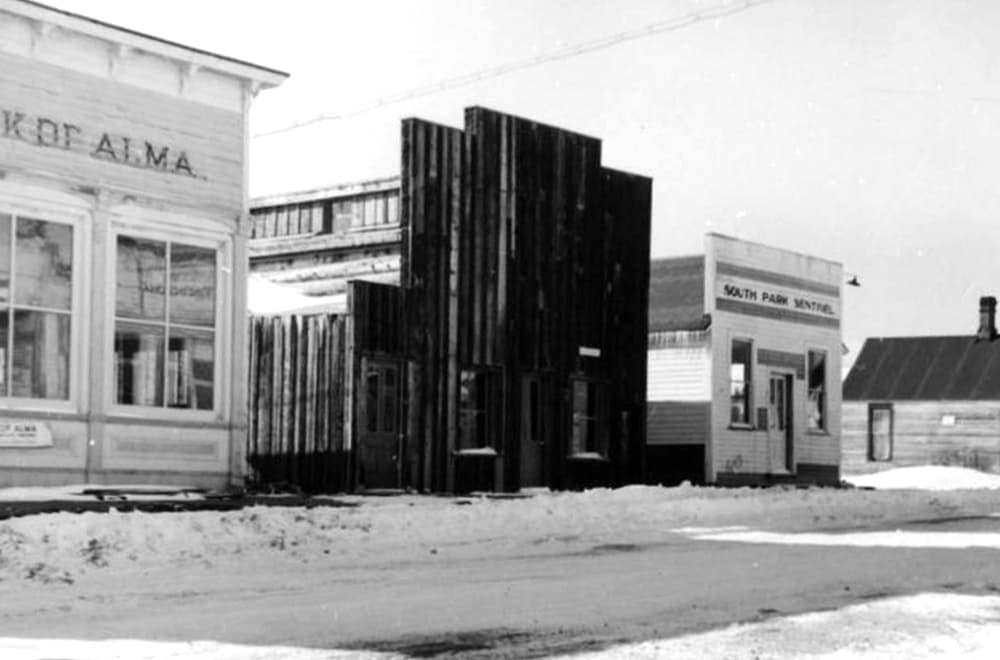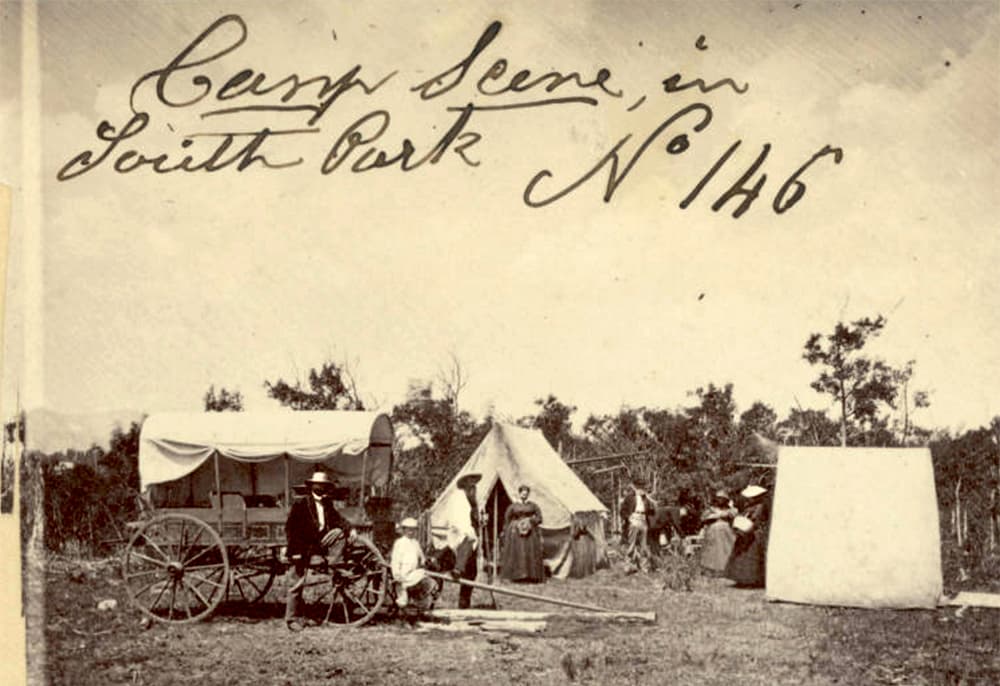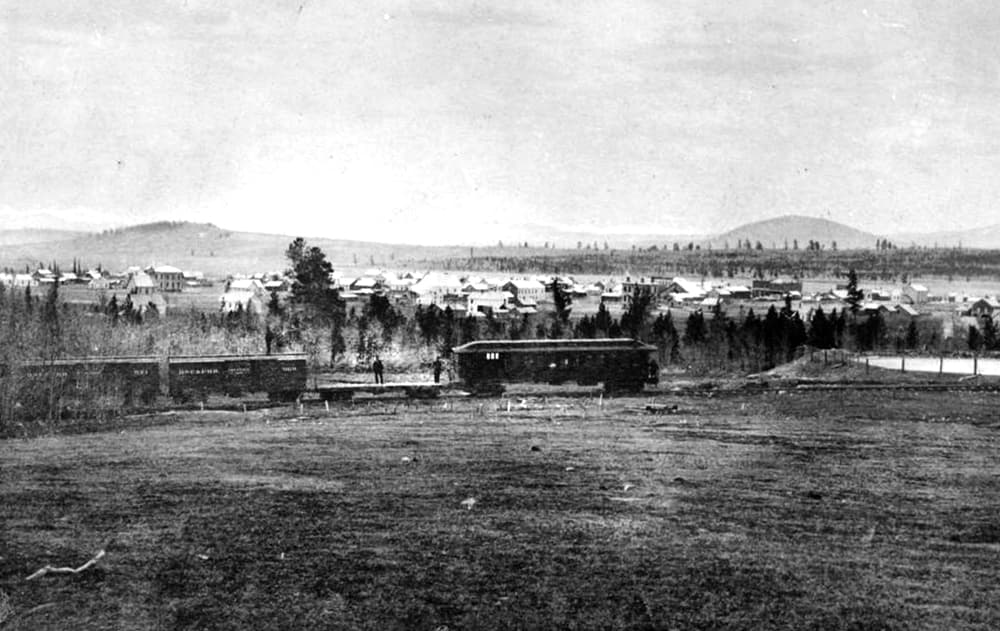
It should come with a sense of cosmic righteousness that we celebrate the birthdays of two major pillars of our state within a two-week time span. Last week we commemorated the foundation of Colorado, and this Saturday we will undoubtedly find our own personal ways to honor the 19th anniversary of South Park’s first airing on Comedy Central.
But what do you know about the real South Park? Don’t fret fair audience. We got you covered.
It’s common knowledge (on the internet) that the fictional town in the show is based, at least visually, on Colorado towns Fairplay and Conifer. Conifer is co-creator Trey Parker’s hometown, but Fairplay actually used to be called South Park City and today contains another fake town called South Park City within its borders.

The tourist attraction South Park City, billed as “an amazingly authentic restoration of a Colorado mining Boomtown,” was founded in 1959 as a tourist destination for road-trip-era families to get a taste of the Wild West. The site is made up of a collection of real pioneer-made buildings that have been relocated from the area.

The original South Park City, which became Fairplay, was a center for gold and silver rushers in the late 1800s that began as a collection of mining camps. It was renamed exactly a century prior to the tourist town’s opening in ‘59, taking the new monicker from a mining camp called Fairplay that aimed to give every prospector a fair slice of dirt.

And then there’s South Park proper, the name of a flat swath of grassland south of Breckenridge where Fairplay is located. "A wonderful old quilt,” is how the meadow is described by one tourist info site, complete with “wide expanses of ranchland pasture, ribboned by the South Platte River and creeks.”

Prior to the arrival of white settlers the region was a hunting ground for the Arapaho and Ute tribes. These indigenous peoples were pushed out only 200 or so years ago when precious metals lured pioneers and prospectors into the mountains, setting up camps that became shantytowns that became full-fledged mountain cities, one of which was South Park City. As mineral extraction faded, settlements consolidated into what would become Fairplay and Alma.

Mining activities were so extensive they spurred the construction of one of Colorado's first railways, a narrow gauge track called the Denver South Park and Pacific Railway.

If you prefer the old-west-alter-ego to the TV-show-version of South Park, you’re in luck. Saturday also marks South Park City’s annual “living history” weekend, where players act in period mannerisms while dressed in period clothing to bring history to life.
A nonprofit, South Park City relies solely on ticket sales and donations to exist. Much of the former will be supplied this weekend, the destination’s busiest weekend, but the latter might be more elusive.
Despite the obvious fraternity between both fake towns, Matt Stone and Trey Parker have had little involvement in the Old West town. “We’ve never seen a donation from them,” visitor center staffer Veronica Anderson-Vodnar told Denverite.
Shame.
To be fair, South Park City doesn’t sell any memorabilia, Towlie or otherwise, from the show despite questions about the two towns’ connection on a “constant basis.” Still, you can drive a little ways down the road to the Salt Licking Goat Clothing Company to take a photo with your face in a cutout as one of the four main characters. At least the scenery is right.

If you do decide to go see the original South Park this weekend, tickets are $10 for people 13 and up, $4 for kids between 6 and 12, and free for kids under 5. There are coupons available online.











